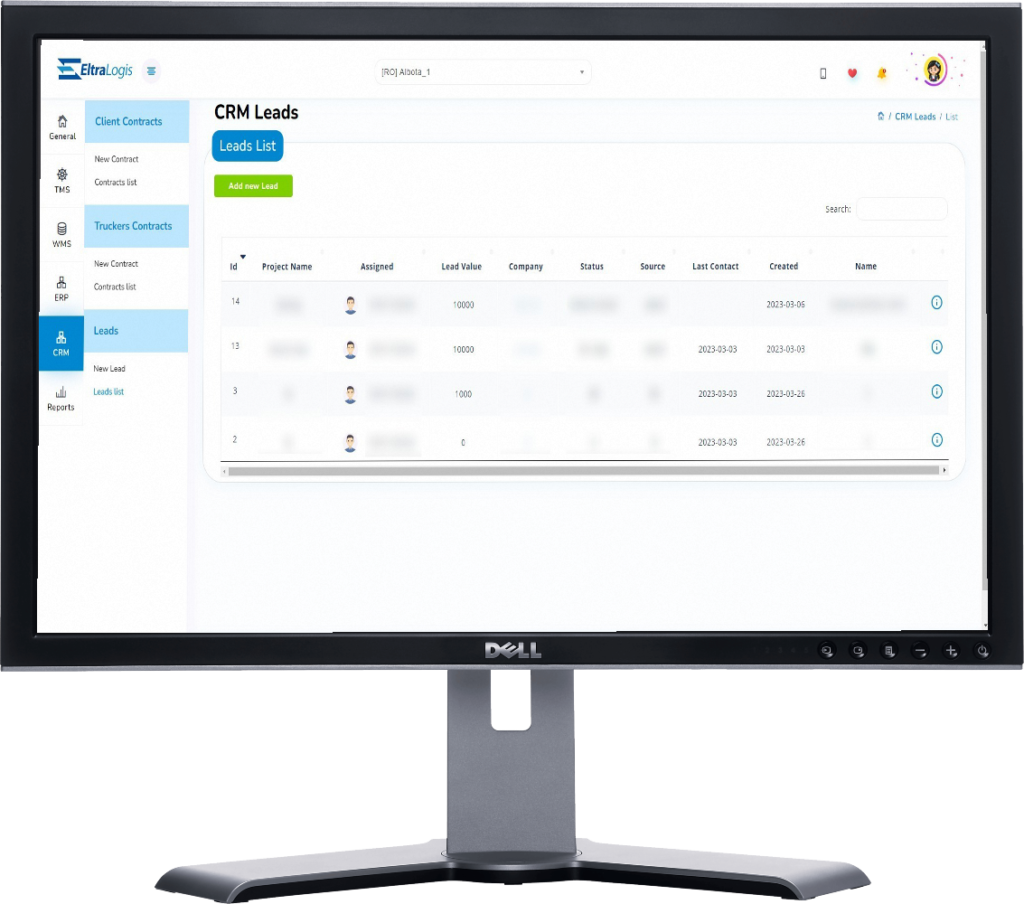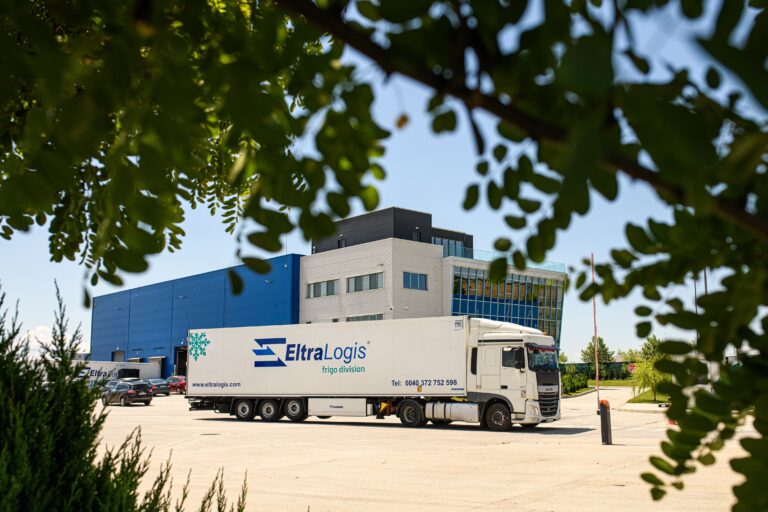Eltra Live
Digital Solution
An application designed to streamline the management of the transportation, storage, and distribution of goods and products.
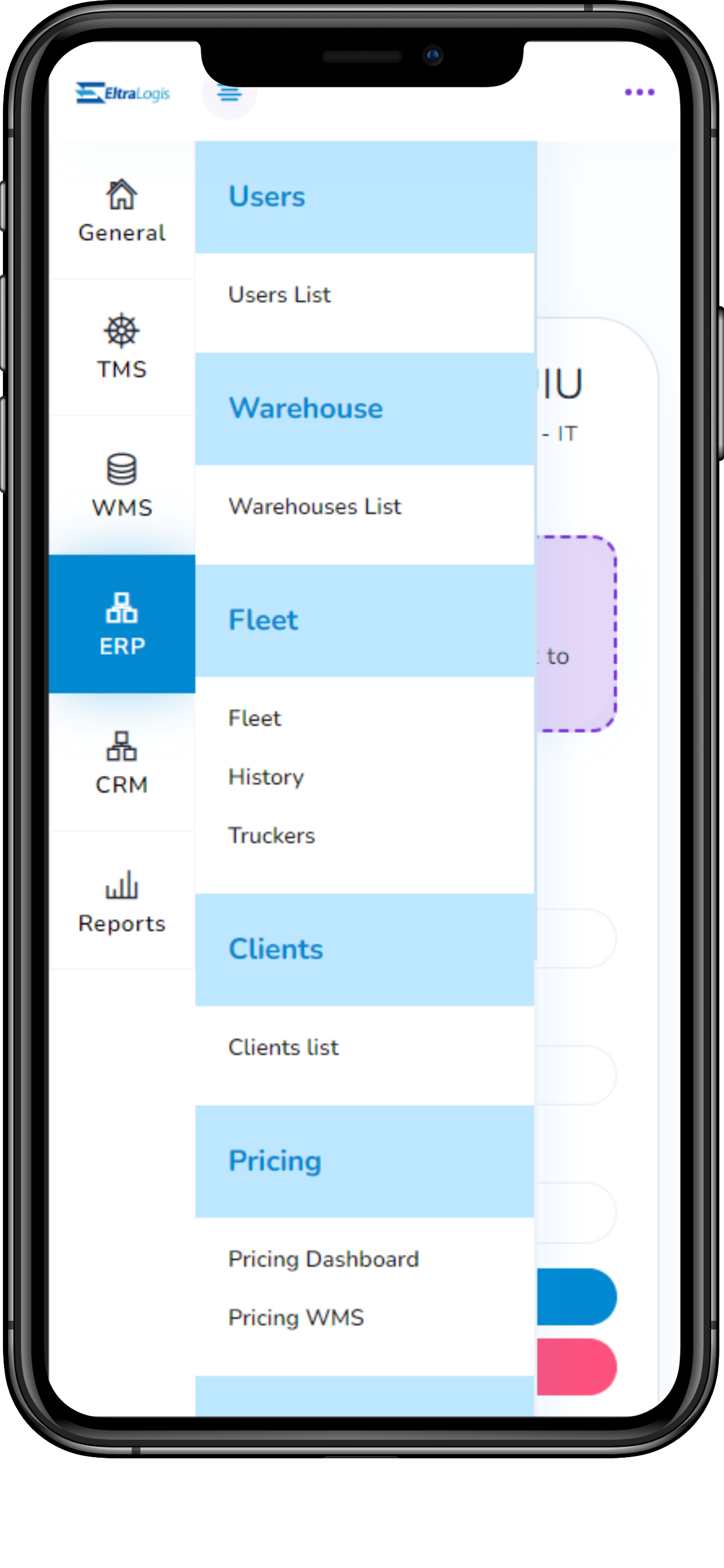
Fully functional application incorporating :
Transport Management System
Warehouse management system
Enterprise Resource Planning
Customer Relationship Management
A logistics platform that uses technology to help businesses plan, execute, and optimize the physical movement of goods, both incoming and outgoing, and making sure the shipment is compliant, proper documentation is available.
A set of policies and processes intended to organise the work of a warehouse or distribution centre, and ensure that such a facility can operate efficiently and meet its objectives.
Ensures cross-functional support of all business processes that take place in a company. For this reason, it contains modules for all areas of the company – including sales, controlling, production, procurement, human resources and asset management.
The use of technology to acquire, enhance, and retain customer relationships. It helps companies with a wide range of activities from creating profiles on prospects, to updating customer lists, to scheduling appointments, to actively managing communication with clients.
TMS (Transport Management System)
Load planning and optimization
Optimize shipments by selecting the best carrier, mode of transport, and route to minimize costs and maximize efficiency.
Real-time tracking and visibility
Can provide real-time tracking and visibility of shipments, allowing companies to monitor the status of shipments and respond quickly to any issues or delays.
Integration with other systems
Can integrate with other systems, such as ERP and WMS, to provide a seamless end-to-end logistics solution.
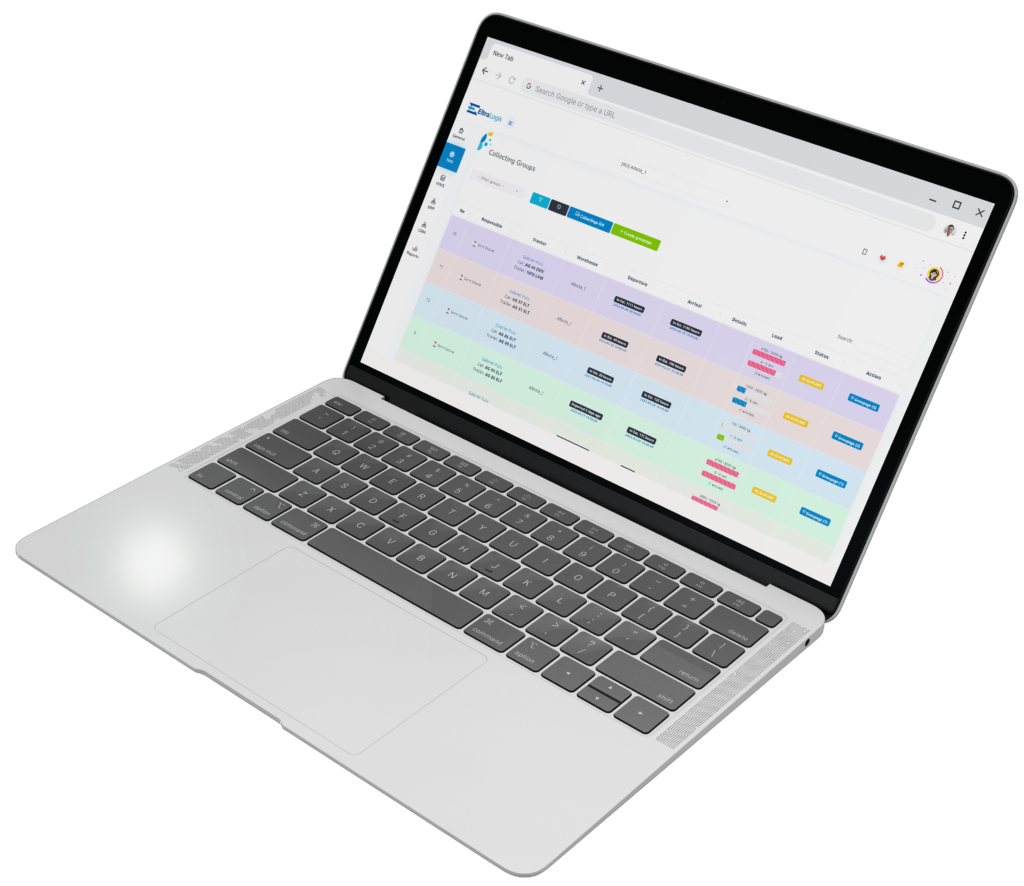
Carrier management
Can manage carrier relationships and performance, including rating and ranking carriers based on various criteria such as on-time delivery, cost, and customer satisfaction.
Reporting and analytics
Can generate reports and analytics to help companies understand their transportation operations, identify areas for improvement, and make data-driven decisions.
Route planning and optimization
Can help plan and optimize delivery routes to reduce transportation costs, increase efficiency, and improve on-time delivery performance.
Load planning and optimization
Optimize shipments by selecting the best carrier, mode of transport, and route to minimize costs and maximize efficiency.
Real-time tracking and visibility
Can provide real-time tracking and visibility of shipments, allowing companies to monitor the status of shipments and respond quickly to any issues or delays.
Integration with other systems
Can integrate with other systems, such as ERP and WMS, to provide a seamless end-to-end logistics solution.
Carrier management
Can manage carrier relationships and performance, including rating and ranking carriers based on various criteria such as on-time delivery, cost, and customer satisfaction.
Reporting and analytics
Can generate reports and analytics to help companies understand their transportation operations, identify areas for improvement, and make data-driven decisions.
Route planning and optimization
Can help plan and optimize delivery routes to reduce transportation costs, increase efficiency, and improve on-time delivery performance.

Our TMS logistics software can help companies streamline their transportation operations, reduce costs, and improve customer service.
Our logistic services utilize advanced software systems to optimize transportation planning and execution, helping to reduce shipping times, improve delivery accuracy, and increase cost-effectiveness.
Get in touch with us right now and test it out !
WMS (Warehouse management system)
Inventory tracking
Provides real-time visibility of inventory levels, locations, and movement within the warehouse. This allows businesses to manage their inventory more efficiently and accurately, reducing the risk of overstocking or stockouts.
Order processing
Automate the order processing workflow, from receiving orders to picking and packing products for shipment. This can help to reduce errors, improve accuracy, and speed up order fulfillment times.
Barcode scanning and RFID
Use barcode scanning or RFID technology to track inventory movement and improve accuracy. This allows businesses to quickly locate products within the warehouse and track their movement throughout the supply chain.
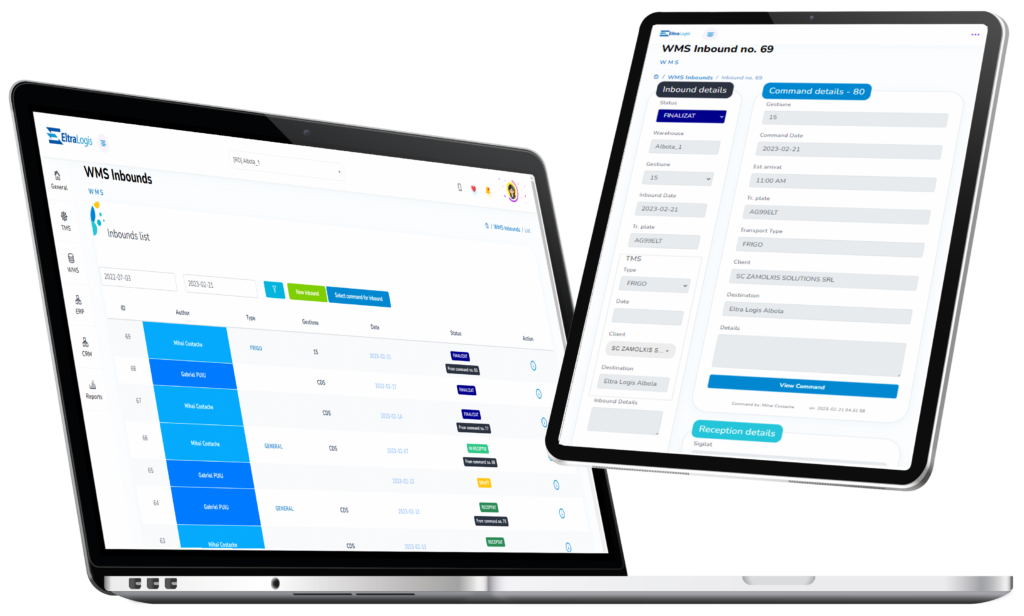
Integration with other systems
Integrate with other logistics systems, such as TMS and ERP, to provide a complete end-to-end logistics solution. This can help to streamline operations and improve overall efficiency.
Labor management
Help optimize warehouse labor management by tracking worker productivity and providing insights into how to improve efficiency.
Reporting and analytics
Generate reports and analytics on warehouse performance, inventory levels, and order fulfillment times. This helps businesses make data-driven decisions and identify areas for improvement.
Inventory tracking
Provides real-time visibility of inventory levels, locations, and movement within the warehouse. This allows businesses to manage their inventory more efficiently and accurately, reducing the risk of overstocking or stockouts.
Order processing
Automate the order processing workflow, from receiving orders to picking and packing products for shipment. This can help to reduce errors, improve accuracy, and speed up order fulfillment times.
Barcode scanning and RFID
Use barcode scanning or RFID technology to track inventory movement and improve accuracy. This allows businesses to quickly locate products within the warehouse and track their movement throughout the supply chain.
Integration with other systems
Integrate with other logistics systems, such as TMS and ERP, to provide a complete end-to-end logistics solution. This can help to streamline operations and improve overall efficiency.
Labor management
Help optimize warehouse labor management by tracking worker productivity and providing insights into how to improve efficiency.
Reporting and analytics
Generate reports and analytics on warehouse performance, inventory levels, and order fulfillment times. This helps businesses make data-driven decisions and identify areas for improvement.

Did I get your attention?
Our WMS can automate and streamline many of the manual processes involved in managing a warehouse, including inventory tracking, order processing, and shipping. This can lead to increased efficiency and accuracy, as well as reduced labor costs.
It can be customized to meet the specific needs of your business, and can be scaled up or down as your business grows or changes.
ERP (Enterprise Resource Planning)
These systems play a critical role in logistics management, it provides a single platform to manage all aspects of a company’s operations, including inventory management, supply chain management, financial management, and human resources management.
Real-time tracking of inventory
Can track inventory levels in real-time, which is essential in logistics management. By keeping track of inventory levels, businesses can ensure that they have the right amount of inventory at the right time, reducing the risk of stockouts or overstocking.
Improved supply chain management
Provide businesses with complete visibility into their supply chain, enabling them to make informed decisions about purchasing and production. This can help businesses reduce lead times, optimize production schedules, and improve overall supply chain efficiency.
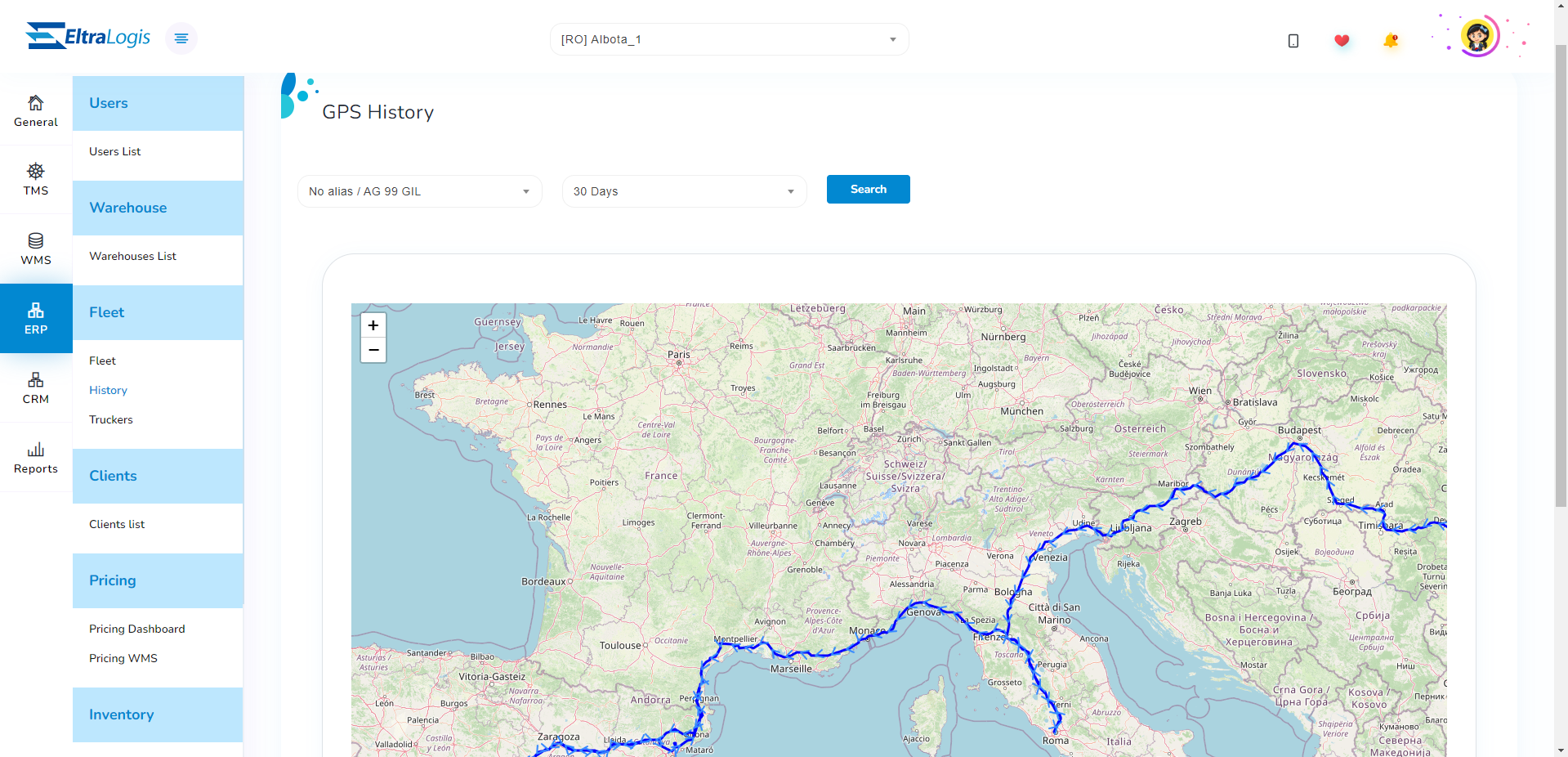
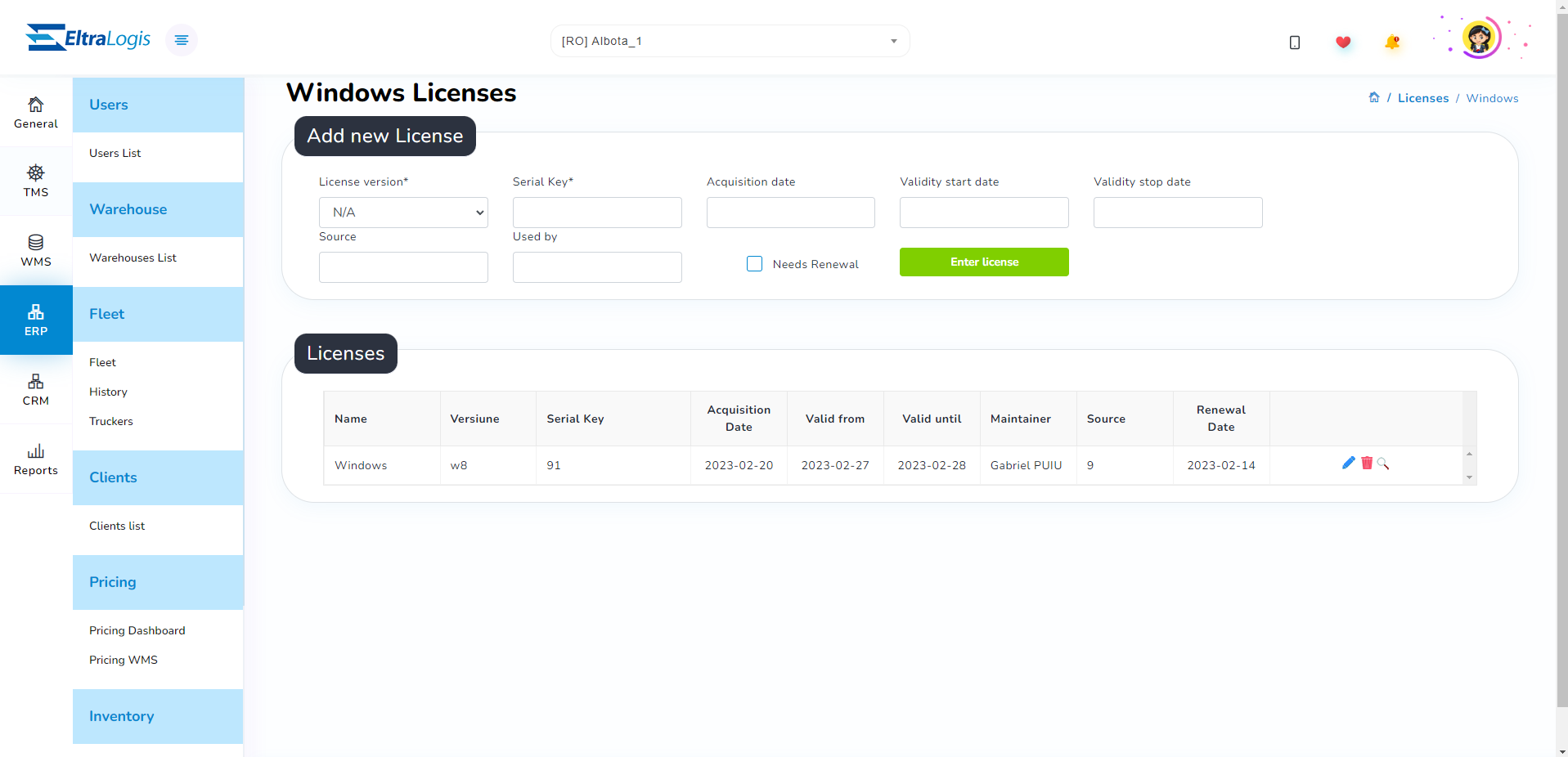

Streamlined order processing
Automate the order processing and fulfillment process, reducing the risk of errors and delays. This can help businesses improve customer satisfaction and reduce costs associated with manual order processing.
Enhanced financial management
Integrate financial data across different departments and functions, providing businesses with a comprehensive view of their finances. This can help businesses optimize financial performance and reduce the risk of financial errors.
Real-time tracking of inventory
Can track inventory levels in real-time, which is essential in logistics management. By keeping track of inventory levels, businesses can ensure that they have the right amount of inventory at the right time, reducing the risk of stockouts or overstocking.
Improved supply chain management
Provide businesses with complete visibility into their supply chain, enabling them to make informed decisions about purchasing and production. This can help businesses reduce lead times, optimize production schedules, and improve overall supply chain efficiency.
Streamlined order processing
Automate the order processing and fulfillment process, reducing the risk of errors and delays. This can help businesses improve customer satisfaction and reduce costs associated with manual order processing.
Enhanced financial management
Integrate financial data across different departments and functions, providing businesses with a comprehensive view of their finances. This can help businesses optimize financial performance and reduce the risk of financial errors.



The uniqueness of ERP software is that its operations are highly integrated. This means the business operations like production planning, purchasing inventory, accounts, sales, marketing, and others are connected and synchronized on a real-time basis to arrive at an intelligent analysis of data
Contact us for a demo !
CRM (Customer Relationship Management)
Implementing CRM in logistics can help companies improve customer satisfaction, increase sales, streamline processes, and optimize inventory management, leading to improved profitability and competitiveness in the industry.
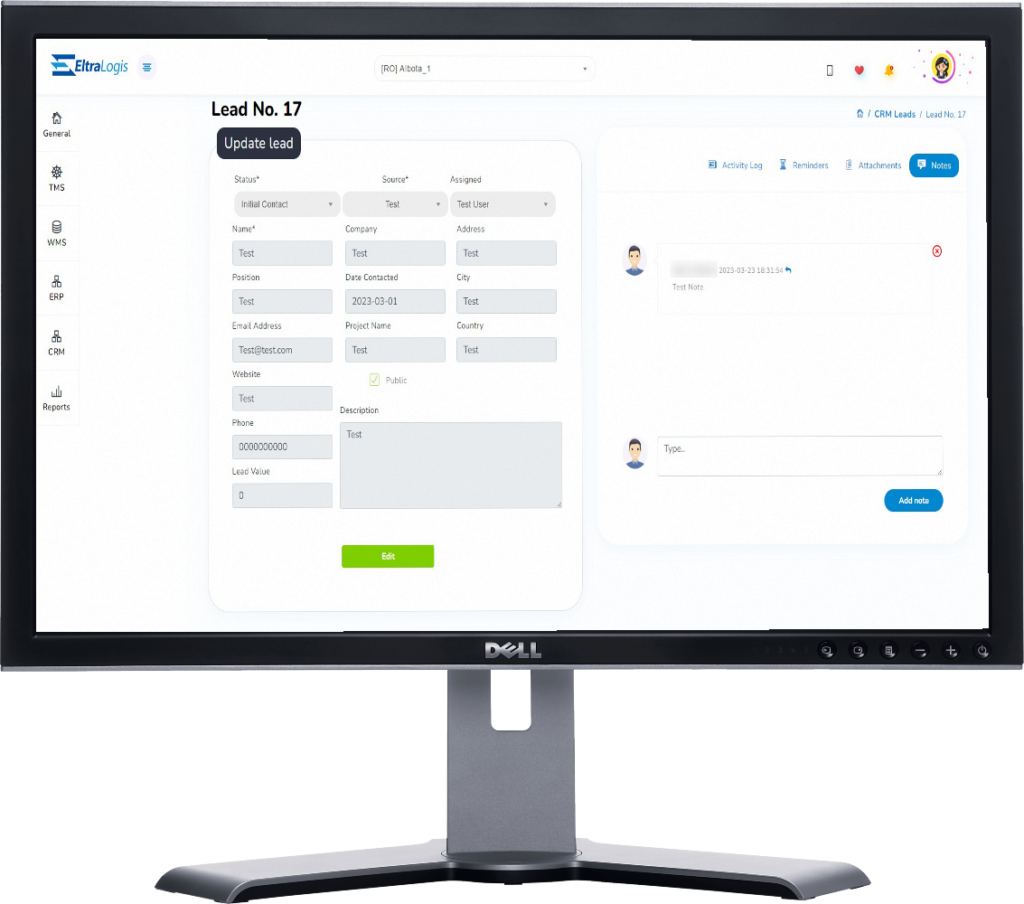
Improved customer satisfaction
Logistics companies can manage customer interactions more efficiently, leading to improved customer satisfaction. By providing a personalized experience, addressing customer queries promptly, and providing timely updates on shipment status, logistics companies can enhance their reputation and build customer loyalty.
Increased sales
With a centralized customer database and analytics tools, logistics companies can identify customer preferences, purchase patterns, and trends, which can help them design targeted marketing campaigns and increase sales.
Better data management
Logistics companies can capture and analyze customer data, which can help them make better decisions regarding pricing, product offerings, and customer service. This helps to improve their competitive edge and stay ahead of their rivals.
